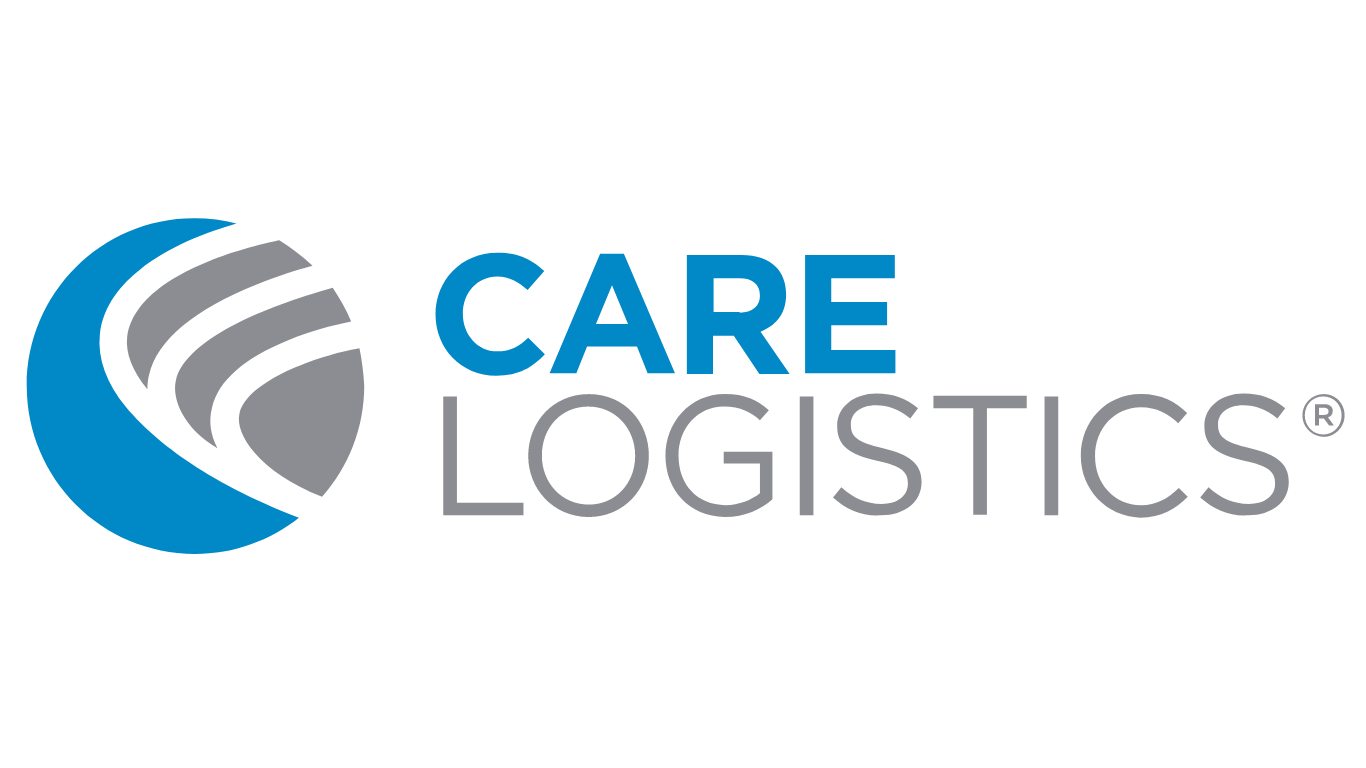Six Keys to Improving Progression of Quality Care in Hospitals
Initially written in July, 2016 by Karl Straub
The path to consistent, quality patient care progression sounds simple enough:
Set and meet accurate length of stay targets begin with an end in mind and proactively manage toward that end.
Focus unit care teams on clear, appropriate care progression plans for all patients.
But admissions processes often do not capture and disseminate an appropriate target length of stay in a way that informs expectations for treatment and documentation. Thus caregivers face challenges choosing appropriate goals for managing patient progression so that everyone is working toward that goal. The resulting delays in care prolong length of stay, increase costs, frustrate patients and caregivers, and increase the possibility of preventable harm. Inconsistent care progression can also increase readmissions, as divergence from appropriate and timely care plans increases the risk that the need for treatment will reoccur.
There are several key tools and disciplines unit care teams can adopt that dramatically improve consistent delivery of quality care, with resulting benefits in efficiency and patient satisfaction:
1. Standardize Your Patient Progression Plans
Create and track progression against standardized, patient-appropriate care plans with continuously visible goals and progress. Over time, this helps collaboration for quality care become easier and more reliable, and predictable.
2. Assess and assign appropriate length-of-stay targets
The refrain is so common we often forget how important it is: Effective discharge begins at admissions. That means having everyone on the care team know, understand, and agree as to when each patient should leave the hospital with appropriate treatment. Hospital leaders must commit to the discipline of setting accurate and appropriate length-of-stay targets.
3. Have care teams consistently work toward those length-of-stay targets
The progression of quality patient care on the unit depends on care teams always seeing and working toward accurate targets for length of stay. Length-of-stay based care progression should become the focus and culture of care teams.
4. Make length-of-stay targets specific to your hospital
Admissions staff often set care targets based on national averages that may vary considerably from the observed and expected targets for a specific hospital. Invest the time to adopt guidelines that match the observed and desired case mix and associated length-of-stay targets specific to your hospital.
5. Adopt daily care progression huddles on every unit
It might be time to rethink your daily unit safety or shift meetings. Effective patient progression huddles gather the full unit care team for each shift to clearly understand patient progression and care goals, as well as escalate any issues outside their control.
6. Make O/E ratios a critical performance measure
Once you’re setting accurate and appropriate targets, make sure you’re continuously measuring observed (actual) versus expected length of stay. When your O/E ratios are below 1, your hospital is optimizing care progression and maximizing reimbursements and margins.
These recommendations aren’t exhaustive, but we’ve seen many hospitals adopt more precise length-of-stay targeting as the foundation for improving care efficiency, outcomes, and experience. Progressing the patient’s care by focusing the care team on the immediate patient needs while anticipating and preparing for the next steps is the key to delivering the right care, reliably, in a predictably appropriate amount of time.
Solutions to Help Improve Care Progression, Quality and Experience
There are solutions focused specifically on establishing consistent, reliable progress of quality patient care on your units an across your hospital. Sustain top performance in all areas of care delivery with a range of options, from targeted solutions for unit patient progression to comprehensive solutions for clinical transformation.
Care Progression: Care Progression combines best practice methodologies with comprehensive software to establish and meet target length of stay values for each patient. Each day on the nursing units, care team members discuss each patient's progression and barriers. Physician leadership collaborates in development and implementation of patient progression plans that synchronize clinical progression milestones with LOS and discharge planning and connect physicians to organizational LOS and patient progression goals.
Operations Optimized: With Operations Optimized, your organization is able to deliver efficiency beyond what your EHR and current capacity management solution already offer. Your care teams are able to work towards a common care plan and LOS goal for each patient. There are fewer diagnostic delays, resulting in increased patient satisfaction and safety. Patient schedules become more predictable and require fewer trips off-unit. Your ED and other admission sources are aligned with the efficiency goals of your organization.
Hospital Operating System: With the Hospital Operating System your care teams are aligned to work toward a common care plan and length of stay goal for each patient. You have optimized patient scheduling, unit and bed placement is made with projected bed and staffing availability in mind, and your nursing units and service areas are directly connected to your capacity management systems. You know the status of each patient and exactly where they are at all times.
